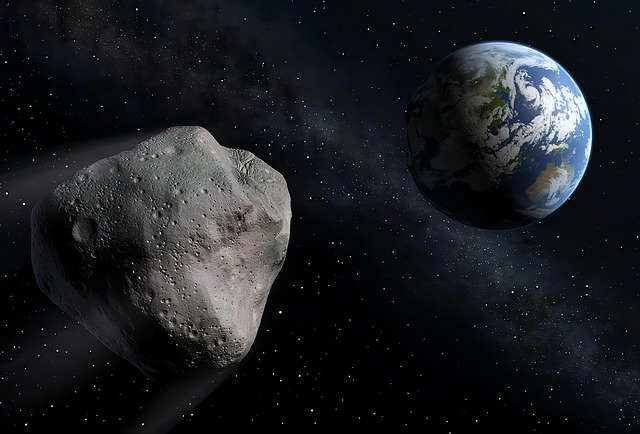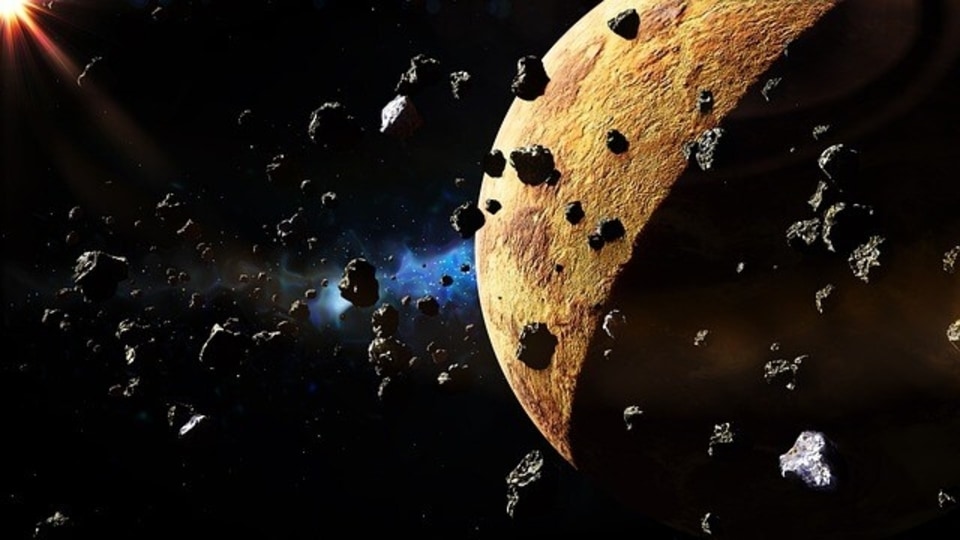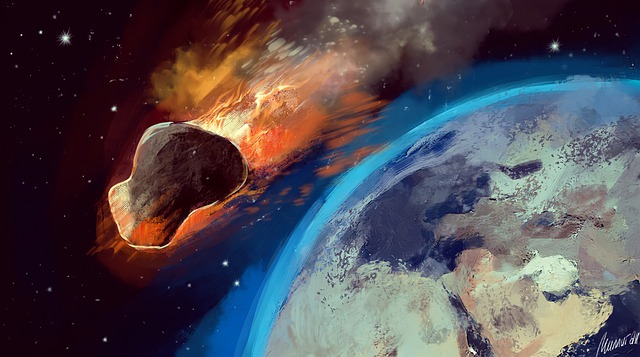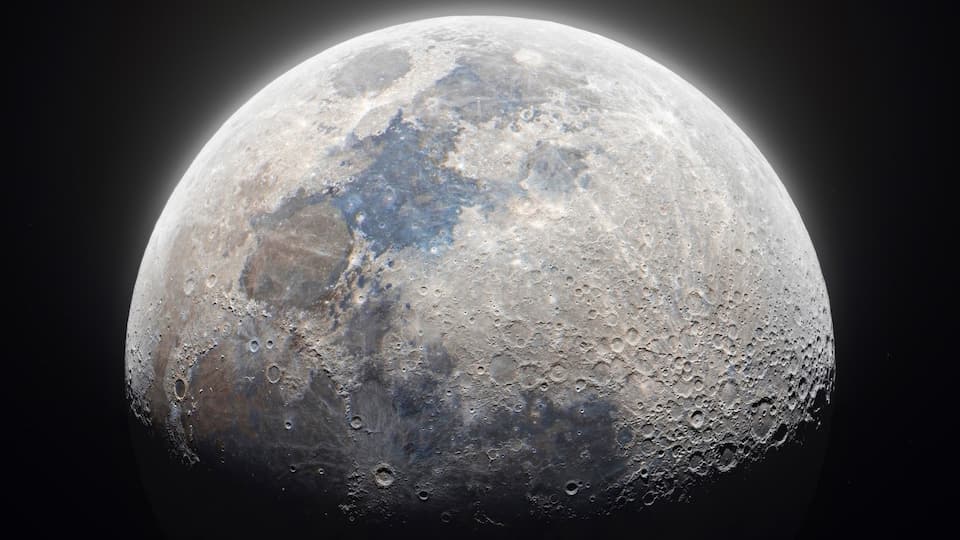Man snaps 280000 images to create one awesome image of the Moon
The man said he used two telescopes and over 2,80,000 separate images to make the full-scale snapshot of the Moon, which is over one gigapixel in size.






 View all Images
View all ImagesAmerican astrophotographer Andrew McCarthy has shared an incredibly detailed image of the moon on social media. The image showcases hardened lava lakes, worm-like collapsed lava tubes, permanently shadowed valleys, and impact crater patterns on the Moon's surface.
The photograph showcases the moon's surface with exceptional clarity, revealing even the smallest features.
McCarthy explained the process behind capturing these stunning images, stating, "By using two telescopes and taking over 280,000 photos, I managed to capture the most detailed image of our moon. The full-sized image is over a gigapixel. Believe me, you'll want to zoom in on this one."
After dedicating two weeks to this attempt , McCarthy confidently presents these highly detailed lunar photographs. He jokingly warned, "If you're planning to download the full-size image, be alert: it might overload your computer. "
He had previously published photographs of the Moon compiled from over 50,000 photos to produce a composite image.
In addition to sharing the picture on Twitter, McCarthy also posted a timelapse video on his Instagram page, displaying the camera setup process for the shoot.
Besides from the Moon, McCarthy has captured Venus, nebulas, and other spectacular pictures of the universe, perfectly mixing art and science.
The moon is the only celestial body beyond Earth that humans have explored firsthand, according to NASA. As the brightest and largest object in our night sky, the moon plays a crucial role in making Earth habitable. It helps stabilize our planet's axis, resulting in a relatively stable climate. The moon's gravitational pull also generates tides, which have guided human activities for thousands of years. Scientists believe that the moon formed when a Mars-sized object collided with Earth.
Earth's moon ranks as the fifth largest among over 200 moons orbiting planets in our solar system. Referred to simply as "the moon," it received this name because people were unaware of other moons until Galileo Galilei discovered four moons orbiting Jupiter in 1610.
Using two telescopes and over 280,000 individual photos, I captured my most detailed image of our moon. The full size is over a gigapixel. Trust me, you'll want to zoom in on this one. pic.twitter.com/JQNAEVvmG1
— Andrew McCarthy (@AJamesMcCarthy) May 11, 2023
Catch all the Latest Tech News, Mobile News, Laptop News, Gaming news, Wearables News , How To News, also keep up with us on Whatsapp channel,Twitter, Facebook, Google News, and Instagram. For our latest videos, subscribe to our YouTube channel.

























